Category: Performance
-
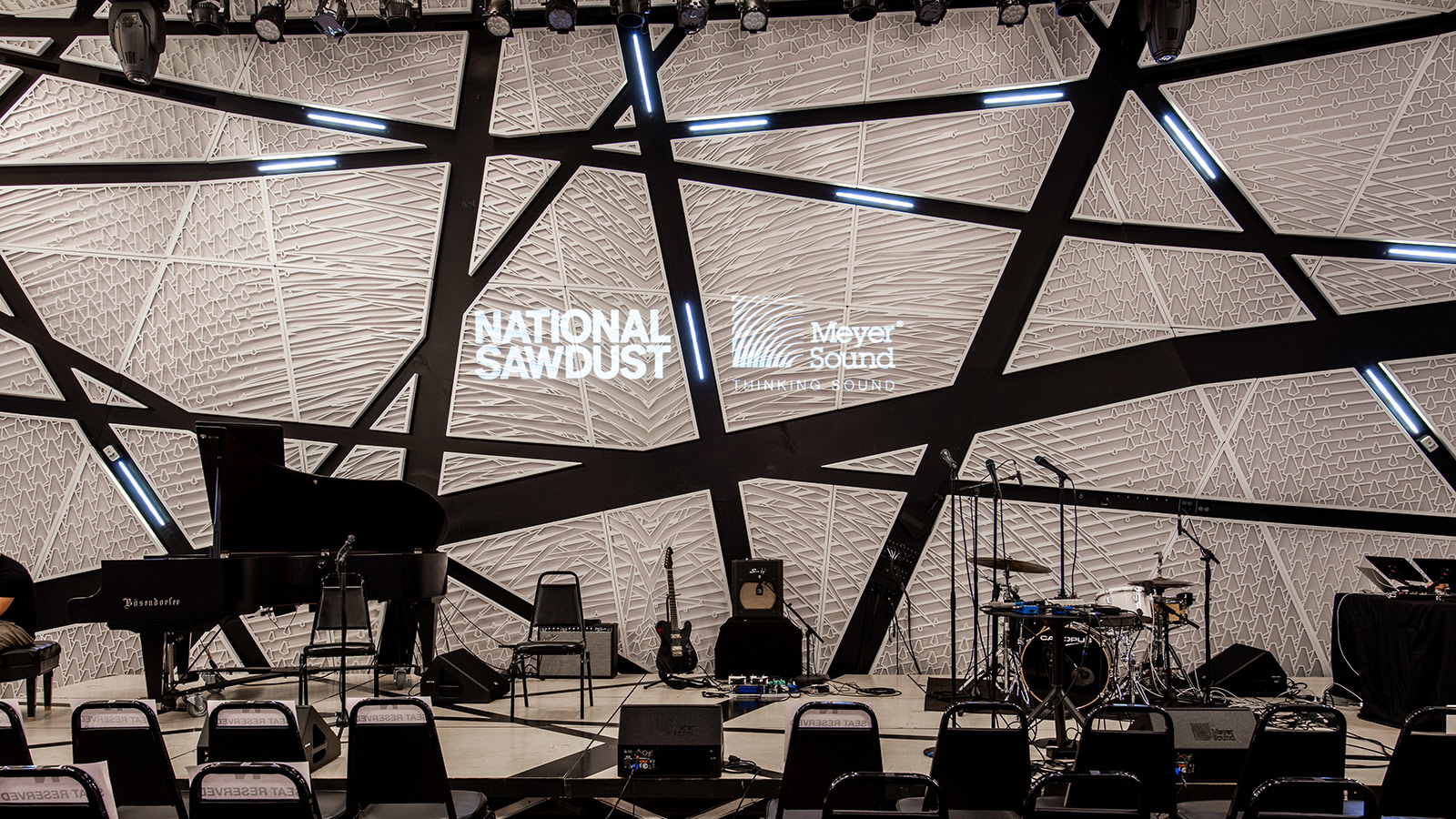
Music in the Constellation at National Sawdust
An Evening of Immersive Audio…
Composer Greg Wilder curates an evening of contemporary music from 1 to the 102 speakers that make up the Meyer Sound Constellation at National Sawdust. Featuring seminal works by Frank Zappa and Karlheinz Stockhausen in their original format, the evening explores immersive audio and the creative opportunities it affords in a way that can only experienced first hand in the space itself.
In the past music was created to fit the instruments and spaces at hand. Intimate rooms with low ceilings could be filled with the sound of a single bard celebrating the achievements of warriors while large chapels required groups of voices to slow down and draw out pious praises, holding on to open vowel sounds so the long reverberation times could transform simple melodies into sacred harmonies. Today we can shape our own acoustic spaces and create our own instruments – virtually.
Join us in Brooklyn on June 11th for an experience like no other. Contact National Sawdust for tickets.
-
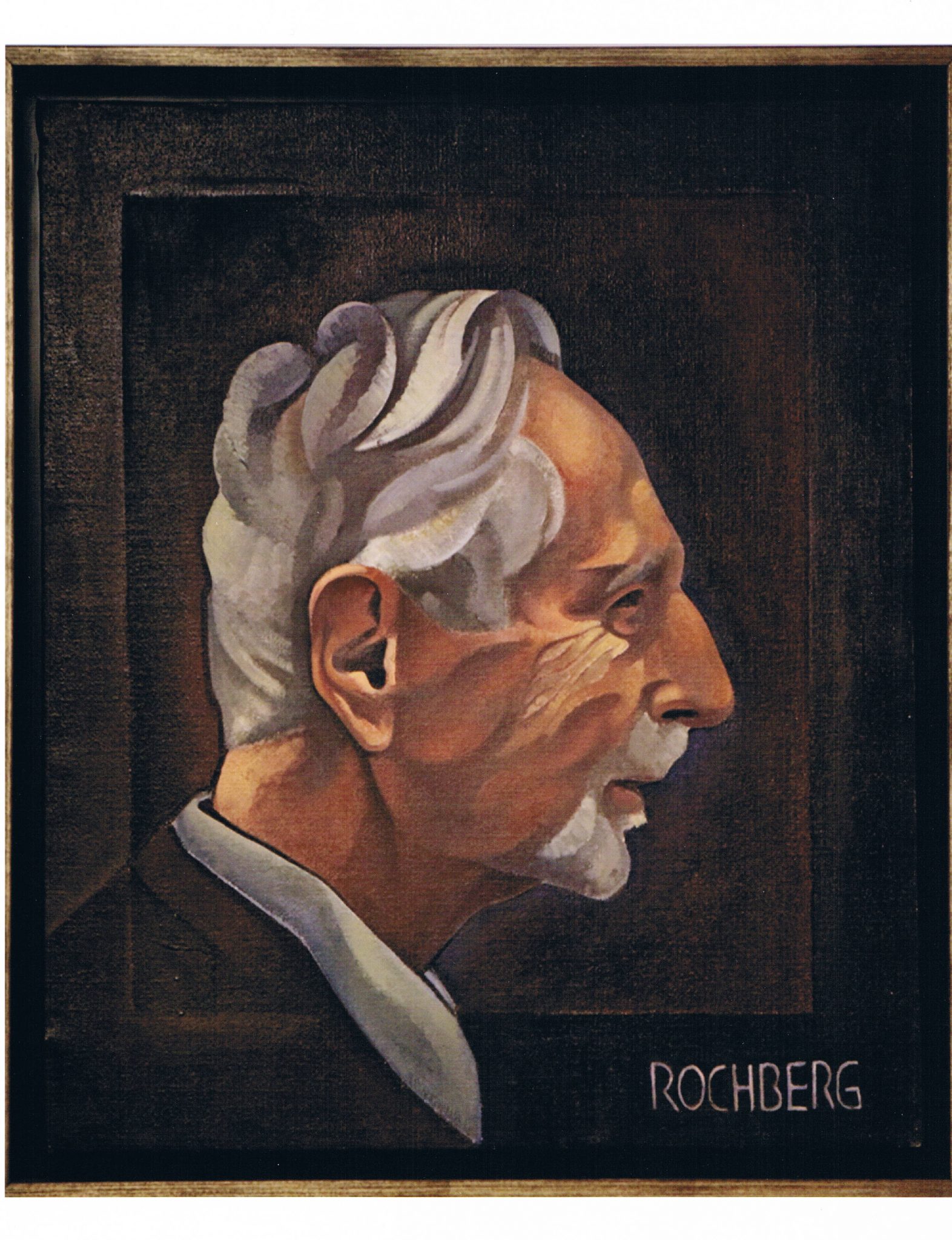
After Rochberg: A Centenary Celebration Concert
Since 2013, my close friend and colleague Jeremy Gill and I have been searching for an opportunity to put together a concert in honor of our mentor George Rochberg. At long last, we found it.
Jeremy and I were fortunate to have worked closely with George during the last 10 years of his life. Rochberg’s legacy as a composer and teacher is widely felt, and in a very real sense, our compositional work is part of that legacy.
Our concert title “After Rochberg” is a play on his 1966 piano solo work Nach Bach and is designed to showcase the incredible range of George’s musical output and his legacy — in the form of works from two of his last students.
Half of the concert is a survey of George’s piano music from 1941 to 1984. By way of example, here’s a selection of short movements from one of Rochberg’s seminal twelve-tone works from the 1950s.
Twelve Bagatelles (1952), Nos. 1, 2, 5, and 9, Greg Wilder, piano
Between musical selections, we hear George’s own voice (captured in interviews) describing his personal journey and attitudes toward various aesthetic and historic approaches to music composition.
“Retina of Memory”, George Rochberg
The second half of the recital is split between Jeremy’s and my own compositions, all of which were written within the last 15 years. (Plume and The 13th Page were were among the included works.)
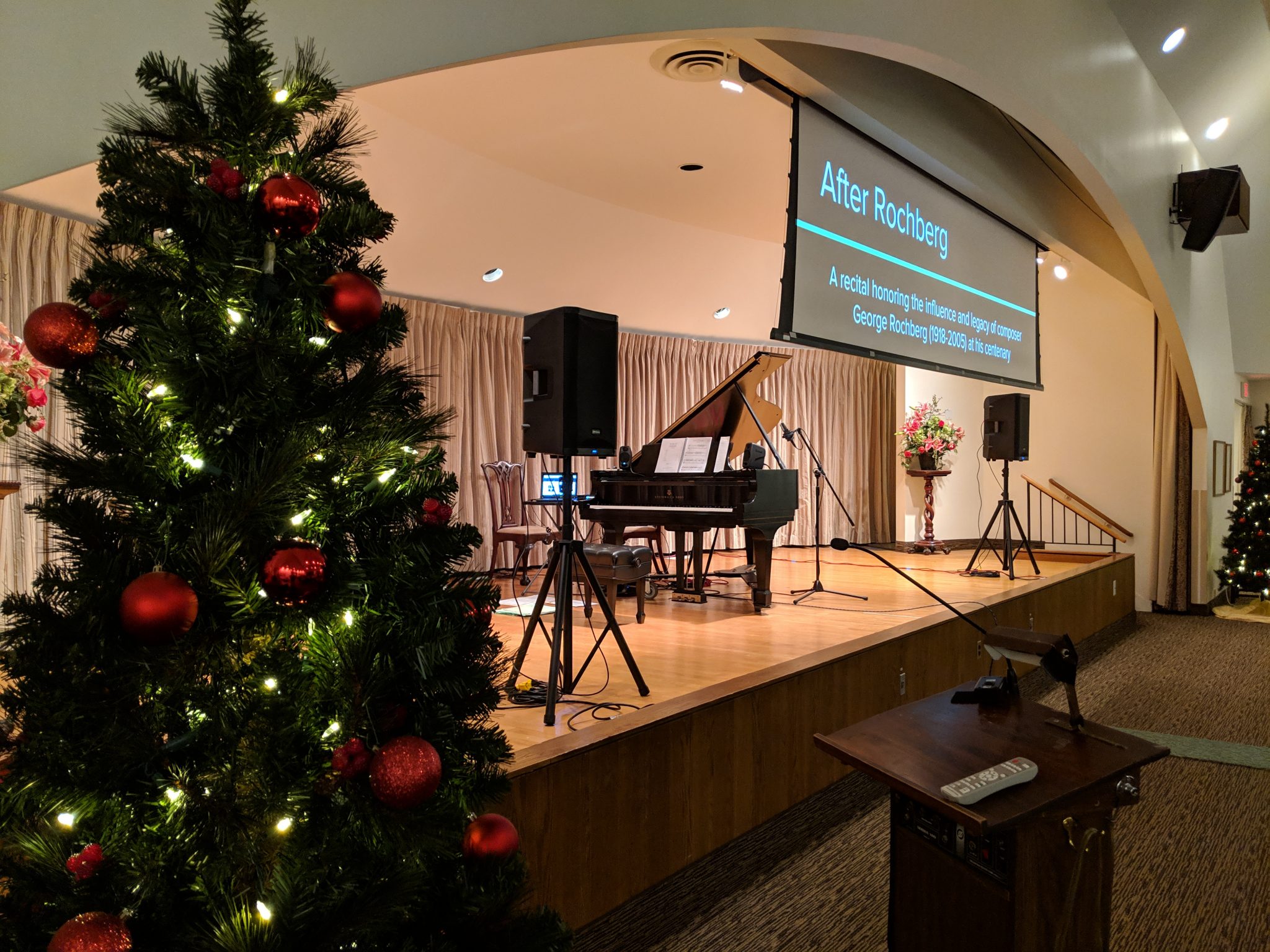
Throughout November and December of 2018, we prepared and tested the recital concept with small audiences, eventually presenting the public premiere as a part of George’s centenary celebration (1918-2005) in Philadelphia on December 10th.
-
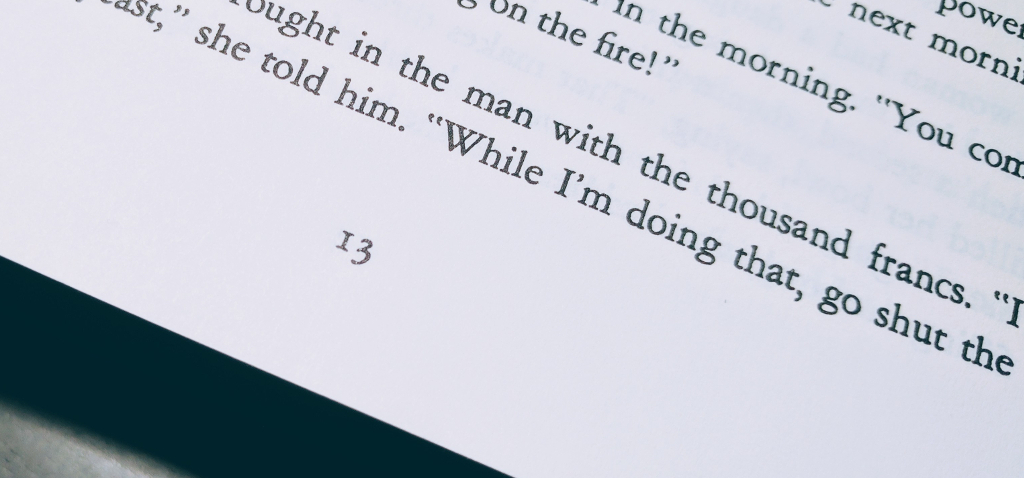
The 13th Page
It’s not unusual to create new music for Pierrot ensemble.
In fact, composers in recent decades have generated so much new music for this combination of instruments, numerous groups have formed and risen to fame performing it. But what is slightly unusual is for a composer to collaborate with computer software when writing for this ensemble.
December 2018 | Pierrot Ensemble (Fl, Cl, Vln, Vc, Pno) | Greg Wilder, piano
Given that my recent work with Isomer has been realized fully within the digital realm, I thought it might be appropriate to apply these same spectral techniques to the generation of a score for a traditional ensemble of instruments. The result is The 13th Page…
-
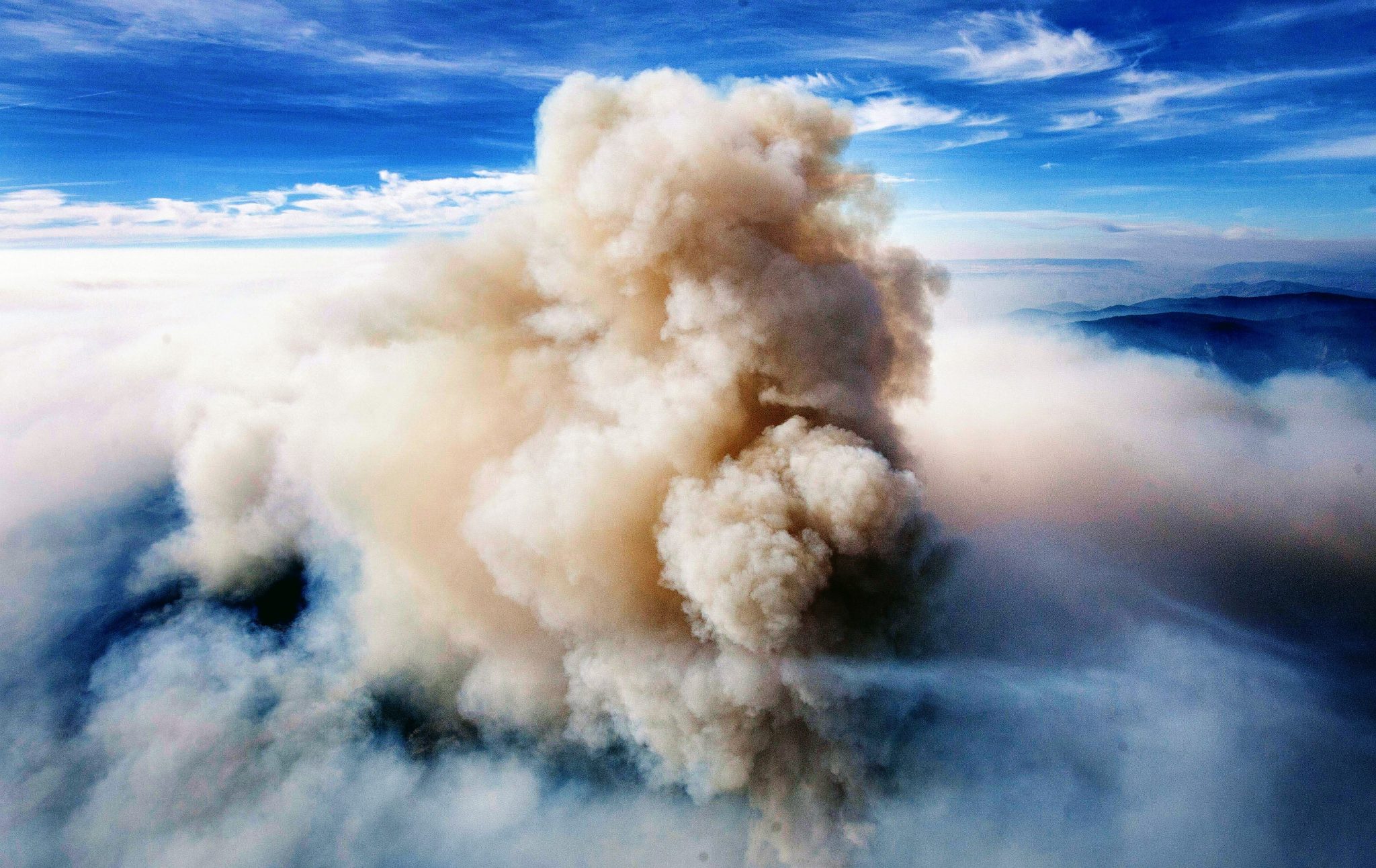
Plume
Plume (for piano and computer) is one of a series of artistic collaborations with custom software called Isomer.
Work on Plume began with the selection of six chainsaw sound recordings. Often source sounds are chosen for their personal relationship or meaning to the composer, but these recordings were picked solely for their rich harmonic content (vibrant rhythmic activity!) and strong harmonic fundamentals (good for harmony!).
Why six different chainsaw recordings? So that they share sonic (and therefore musical) characteristics when processed by the Isomer software. The hope is that they feel closely related (but not too similar) so that when combined, they form a single, unified musical expression.
November 2018 | Piano and Fixed Media
An early version of this work was created on March 27th, 2017 and was rendered for fixed media (without piano).
March 2017 | Fixed Media, Stereo